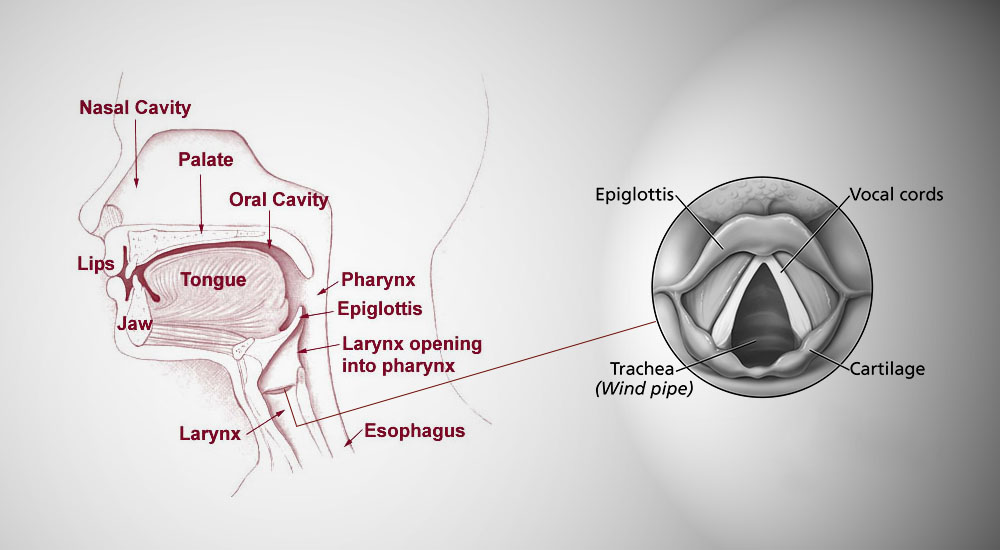Practice with Intention for Singers
Practicing with intention is essential for any singer who wants to reach their full potential, but it can be challenging to know where to start. Here are some tips for how you can practice with intention for singing;
practice with intention
MASTER YOUR VOICE ✌️
Practicing with intention is essential for any singer who wants to reach their full potential, but it can be challenging to know where to start.
Here are some tips for how you can practice with intention for singing
Start With A Goal
Before you even begin your practice session, set a goal that you want to accomplish. Make sure the goal is specific and has achievable steps so that each time you reach the end of your practice session, you have something tangible to show for it. Consider writing down your goals and keeping them nearby while practicing as a reminder of what you’re working towards.
Prioritise Practicing Fundamentals
While it can be tempting to jump right into new songs, prioritizing fundamentals will pay off in the long run. Fundamentals like breath control, pitch accuracy and vocal range can help ensure that more advanced singing techniques will be successful when executed correctly. Spend time ensuring that these fundamentals are solid before attempting more complex pieces and exercises.
Incorporate Visualization Techniques
Visualization is an incredibly powerful tool in any endeavor, let alone singing! Visualizing yourself executing a perfect performance or mastering difficult passages can go great lengths in helping achieve that level of mastery when performance day arrives. Try closing your eyes during practice sessions and seeing yourself executing each step perfectly before actually attempting it with sound.
Take Breaks
Everyone needs rest from time-to-time-even singers! Taking breaks throughout your practice sessions helps prevent fatigue from taking hold. It also gives your voice a much needed rest and ensures that when you come back to practicing again, you'll have energy and focus for the task at hand.
Record Yourself
Record yourself as often as possible during practice sessions so that you can listen back later on and determine what areas need more attention or improvement. Recording yourself provides valuable insight on areas that need work, as well as showcasing improvements made over time–a must if you're trying to track your progress!
Rely On Your Support Network
Don't forget the importance of having a supportive network while practicing with intention—friends, family members, teachers or mentors who understand the process of growth and are willing to give helpful advice along the way make a huge difference when crafting our voices into something extraordinary!
Stacey Jane
THE VOICE COACH
www.staceyjanevocals.com
Should you sing when you are sick?
It's no secret that when you're feeling under the weather, your singing voice is one of the first things to go. You may find that your throat is sore and it's difficult to make any sound at all. But what exactly happens to your vocal folds when you are sick?
Can I sing when I am sick?
It's no secret that when you're feeling under the weather, your singing voice is one of the first things to go.
And more importantly, what can you do to protect them and keep your singing voice healthy?
In this blog post, we'll take a closer look at the science of sickness and vocal fold swelling, and give you some tips on how to maintain your vocal health even when you're not feeling well.
When you're sick, your body is fighting off an infection. In order to do this, your immune system kicks into high gear and produces more white blood cells. These white blood cells travel through your bloodstream and eventually make their way to your vocal folds.
Once they reach the vocal folds, they begin to release a substance called histamine. Histamine is a chemical that helps to fight off the infection. However, histamine also has the side effect of causing the vocal folds to swell.
This swelling can lead to inflammation and irritation of the vocal folds, which can in turn cause hoarseness, loss of voice, or even pain when speaking or singing.
So what can you do to protect your vocal folds when you're sick?
First and foremost, it's important to stay hydrated. Drink plenty of fluids, preferably water or herbal tea. This will help to thin the mucus that is produced by the inflamed vocal folds, making it easier for you to expel it when you cough or sneeze.
It's also important to rest your voice as much as possible.
Avoid speaking or singing for long periods of time, and take breaks often if you need to use your voice for work or other activities. If you do find yourself losing your voice, try using a humidifier in your home or office to keep the air moist. This will help to prevent the vocal folds from drying out and becoming further irritated.
HUMIDIFIER
Humidity is the most common cause of a dry throat. If you're prone to this problem, buy yourself some good old-fashioned moisturizing therapy with humidifiers! Humid air will keep your vocal cords from getting worse when your sick too - perfect for any singer who has been experiencing uncomfortable side effects due low humidity levels in their home or studio setup
By following these simple tips, you can help to protect your vocal folds when you're sick and keep your singing voice healthy. Remember, the key is to stay hydrated and rest your voice as much as possible. If you do find yourself losing your voice, try using a humidifier to keep the vocal folds moist. With a little care and attention, you can keep your voice in top form even when you're not feeling your best.
Sickness is never fun, but it doesn't have to ruin your singing voice. By following these tips, you can help to keep your vocal folds healthy and prevent further damage. So next time you're feeling under the weather, don't forget to take care of your voice!
Hi there!
I'm Stacey Jane THE VOICE COACH
I created this blog to help other singers learn more about how to care for their voices. If you have any questions or suggestions for future blog posts, please contact me at staceyjane@staceyjanevocals.com
Stacey Jane ✌️
THE VOICE COACH
Music for the Soul
Music is a form of art that has been used to heal and soothe the human soul since time immemorial. Whether it's an artist who uses their lyrics to tell stories about their life, or someone who uses instruments and notes to create melodies for people to sing along
Music is a form of art that has been used to heal and soothe the human soul since time immemorial.
Whether it's an artist who uses their lyrics to tell stories about their life, or someone who uses instruments and notes to create melodies for people to sing along with, music is one of the most powerful ways we have found as humans to connect with one another.
Listening to music can also make us happier and be more productive.
The release of dopamine in our brains makes life a little brighter, while the expansive nature of songs help get creative juices flowing and insights popping out!
Music is an important part of who we are as humans, so it's no surprise that listening has great benefits for both productivity and happiness.
When you hear something new or fun, your brain releases dopamine which helps keep things exciting even when times seem tough - releasing adrenaline into your system gives you some boost where needed most; plus those feel-good vibes from being enveloped by sound will have other social effects like increasing energy levels or helping with focus - leading to innovative breakthroughs along the way.
So TURN UP THE MUSIC!
Stacey Jane
THE VOICE COACH
What is mix voice?
GOT MIX...
In order for any stringed instrument to function efficiently two elements must be present: one, the vibration of the string creating the pitch, and two, the resonance of the instrument creating tone. Like a piano, violin, guitar, harp, cello, viola, etc, the voice is a stringed instrument and depends on these two functions for proper vocalization.
When the vocal folds come together, the vibration between them creates a pitch depending on the length, thickness, and tension of the vocal folds. This pitch resonates throughout the body, creating the tone of that pitch.
Both of these elements were given equal importance in the original and pure bel canto technique. However, in the late 19th century there was a split within the bel canto world. One group continued on as “bel canto,” focusing more on the resonant portion of the technique and the movement of the resonance behind the soft palate. The other group focused more on the vibration portion of the technique, calling itself “forward singing.” The bel canto group is considered by many today as the style of “classical” singing, and the forward singing has developed into what is more commonly known as “belt” or “broadway belt” singing.
In Mix, we desire to bring the two elements fully back together. “Behind the soft palate” accesses the “head voice” and the “forward singing” brings the vocal folds fully together and accesses the “chest voice.”
By mixing the chest and head voice you receive the full benefits of “both voices”: the natural and powerful sound of the chest voice, and the beauty and range of the head voice. As a singer learns to sing using both of these resonances and trains the vocal folds to stay together, it is possible to vocalize smoothly and evenly from one register to the next.
The relationship of the two elements working together will create an even, smooth vocalization and, as a result, eliminates the “breaks” in the voice. The “break” is the passagio (passage) that occurs in most singers while attempting to vocalize from one register to the next. The “break” is a common complaint among vocalists. Mix, a balanced and healthy approach to singing, eliminates the “break” in the voice.
Depending on how these two resonances are “mixed,” a variety of sounds can be created and all styles of music can be accommodated. A sound that is natural and unaffected throughout the entire vocal range can be used in all styles of singing.










